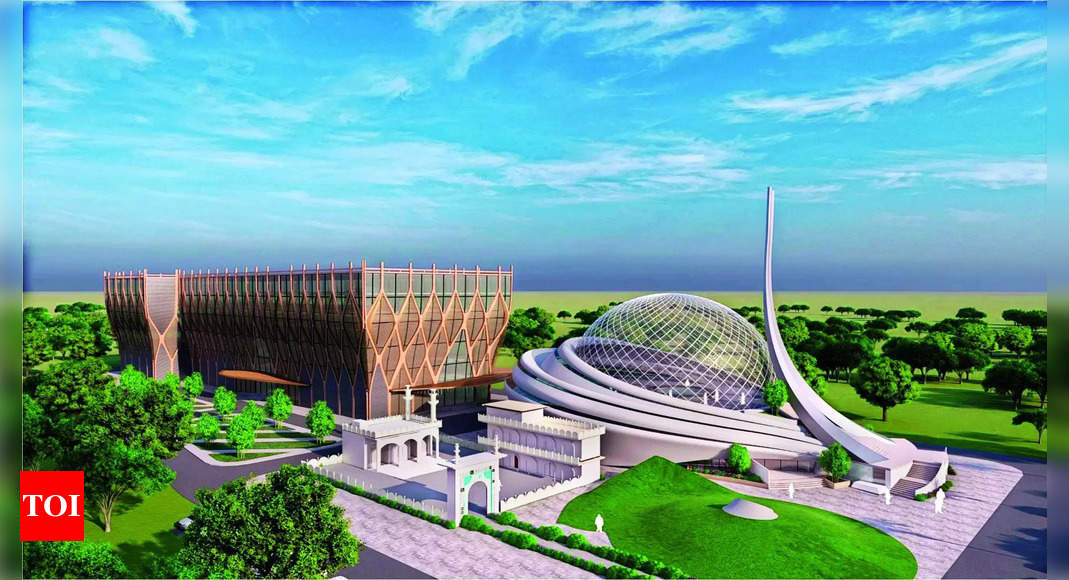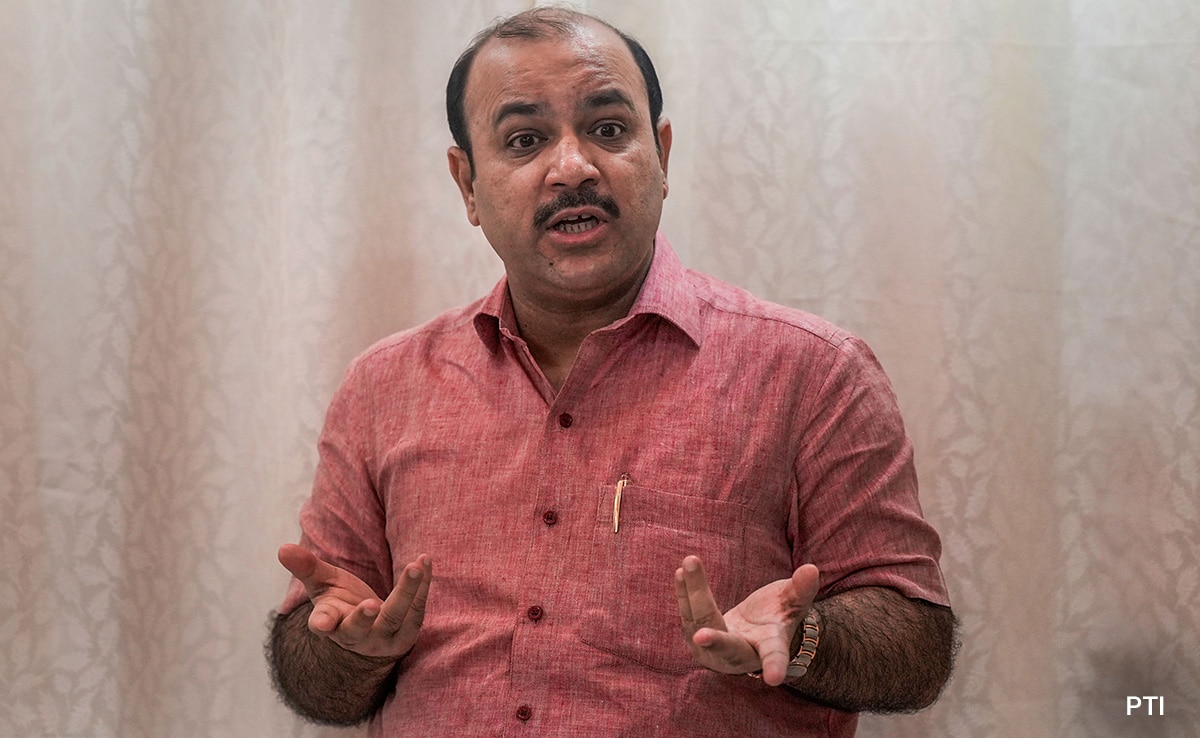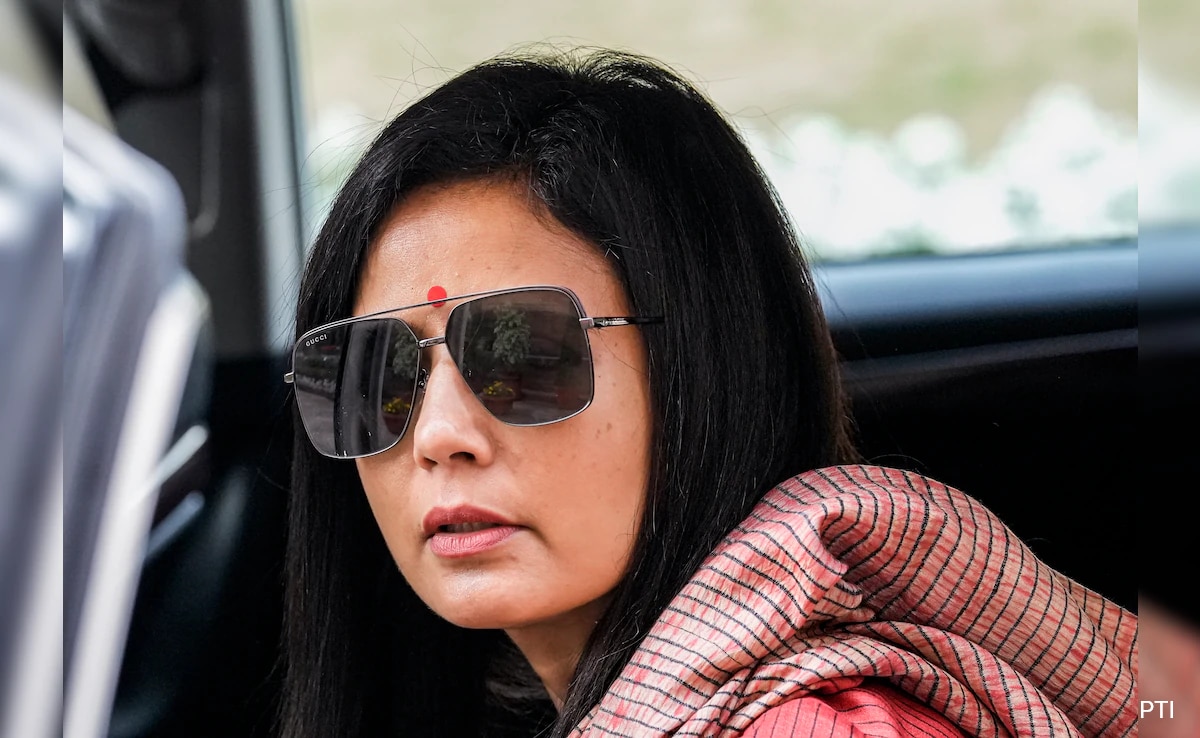Foundation Stone: Imam from Mecca to lay new Ayodhya mosque foundation
MUMBAI: The foundation stone for Masjid Mohammad Bin Abdullah, the proposed mosque in Ayodhya replacing the Babri Masjid but

MUMBAI: The foundation stone for Masjid Mohammad Bin Abdullah, the proposed mosque in Ayodhya replacing the Babri Masjid but at a different spot, will be laid by Imam-e-Haram or the Imam who leads namaz at the holy mosque in the precincts that also house the Kaaba in Mecca.
The mosque is being built at Dhannipur, 25km from Ayodhya, on a plot the Uttar Pradesh government gave to the Muslims in accordance with the Supreme Court order in the Ayodhya dispute.
Mumbai-based BJP leader Haji Arafat Shaikh, who has been made chairman of the Masjid Muhammad Bin Abdullah’s Development Committee, said the new mosque in Ayodhya, set to be biggest in India, will also have the biggest Quran of the world — 21 feet high and 36 feet wide.
Indo-Islamic Cultural Foundation, the trust formed on July 29, 2020, had initially taken up the task of building the Ayodhya mosque and a few more amenities. However, in October this year, at a function attended by several senior clerics and the foundation chairman Zufar Ahmed Farooqui in Mumbai, it was announced that the mosque would be named Masjid Muhammad Bin Abdullah. Apart from consecration of the first brick, a new design of the mosque was also released on the occasion. “The mosque will have five minarets symbolising five pillars of Islam — namely kalima, namaz, roza, Haj and zakat,” said Shaikh.
Shaikh added that he is a trustee of the foundation and now has also been made head of the mosque’s development committee. Apart from the mosque, the complex will also have a cancer hospital, schools and colleges, a museum and a library and a completely vegetarian kitchen where visitors will be offered food free.
A major attraction, said Shaikh, will be the huge aquarium near the wazu khana or abulation space with separate sections for men and women.
Its beauty, claimed Shaikh, will outshine Taj Mahal’s. “When the evening falls, fountains at the mosque will come alive coinciding with the call for evening namaz,” said Shaikh. “It will be more beautiful than the Taj Mahal and people of all faiths will come to see this monument to peace and harmony even if not all of them will pray here.”
(With inputs from Arshad Afzal Khan in Ayodhya)
The mosque is being built at Dhannipur, 25km from Ayodhya, on a plot the Uttar Pradesh government gave to the Muslims in accordance with the Supreme Court order in the Ayodhya dispute.
Mumbai-based BJP leader Haji Arafat Shaikh, who has been made chairman of the Masjid Muhammad Bin Abdullah’s Development Committee, said the new mosque in Ayodhya, set to be biggest in India, will also have the biggest Quran of the world — 21 feet high and 36 feet wide.
Indo-Islamic Cultural Foundation, the trust formed on July 29, 2020, had initially taken up the task of building the Ayodhya mosque and a few more amenities. However, in October this year, at a function attended by several senior clerics and the foundation chairman Zufar Ahmed Farooqui in Mumbai, it was announced that the mosque would be named Masjid Muhammad Bin Abdullah. Apart from consecration of the first brick, a new design of the mosque was also released on the occasion. “The mosque will have five minarets symbolising five pillars of Islam — namely kalima, namaz, roza, Haj and zakat,” said Shaikh.
Shaikh added that he is a trustee of the foundation and now has also been made head of the mosque’s development committee. Apart from the mosque, the complex will also have a cancer hospital, schools and colleges, a museum and a library and a completely vegetarian kitchen where visitors will be offered food free.
A major attraction, said Shaikh, will be the huge aquarium near the wazu khana or abulation space with separate sections for men and women.
Its beauty, claimed Shaikh, will outshine Taj Mahal’s. “When the evening falls, fountains at the mosque will come alive coinciding with the call for evening namaz,” said Shaikh. “It will be more beautiful than the Taj Mahal and people of all faiths will come to see this monument to peace and harmony even if not all of them will pray here.”
(With inputs from Arshad Afzal Khan in Ayodhya)









